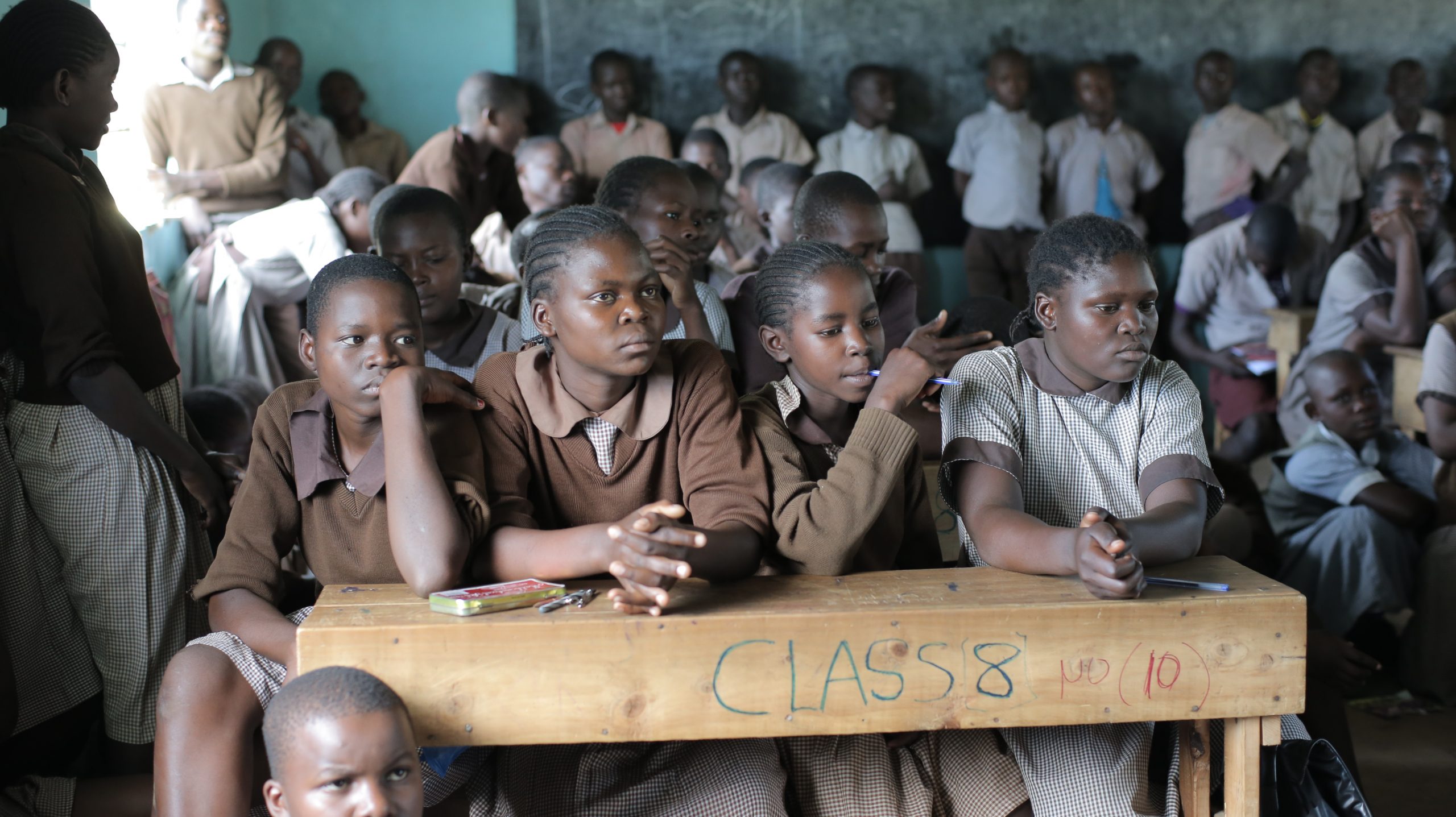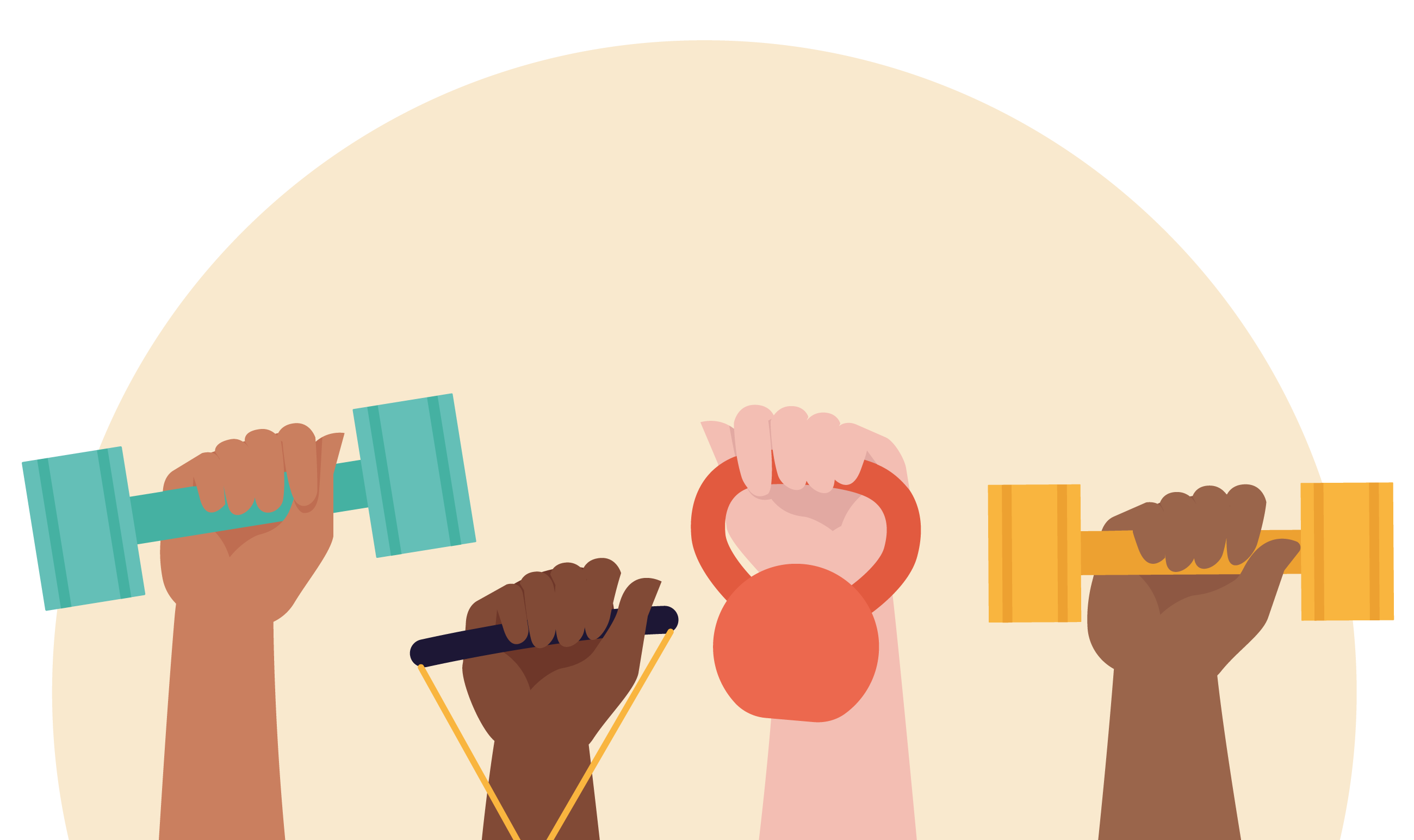In this post Eliane Lakam, Pavita Singh and Tasnim Abdi draw on existing literature and the experiences of women and girls involved with Girls Health Ed’s programs in Kenya, to provide a brief overview of the state of gender-based violence (GBV) against young women and adolescent girls and practical recommendations for policy, practice, and future research. All authors are members of our Gender-Based Violence Sub-Group.
It has been over a year since the onset of COVID-19, a global pandemic that has driven dramatic shifts in nearly every aspect of human life. Like past viral outbreaks, COVID-19 co-exists alongside another equally devastating pandemic: the “shadow pandemic” of violence against women and girls.
What we know
GBV against women and girls predates the pandemic, with nearly one in three women worldwide subjected to physical or sexual violence, most often perpetrated by an intimate partner. The novel coronavirus has only exacerbated the existing issue.
Growing evidence on the gendered impacts of COVID-19 shows a spike in reported incidents of violence against women and girls. As research on the Ebola crisis shows, young women and girls are particularly vulnerable during prolonged periods of school closures. Risk factors for GBV include loss of employment or income, food insecurity, substance use, poor mental health, and history of violence in childhood. Identified protective factors against GBV include strong social networks and support, employment, and higher educational attainment for both men and women.
Case study: GBV against young women and adolescent girls in Nairobi, Kenya
The information presented in this case study is based on Girls Health Ed’s interviews and on-the-ground interactions with 493 girls and young women between the ages of 8 and 21 who participated in comprehensive health and sexuality education workshops from March to December 2020. Girls Health Ed has been working with young women and adolescent girls in Kenya since 2015 and during the pandemic.
Responses from Girls Health Ed’s interviews show that the restrictions imposed in Nairobi in response to the COVID-19 pandemic made it harder for survivors to report abuse and seek help and hindered service providers’ ability to respond effectively. Limited access to services and safe spaces, such as health facilities, and a limited ability to report violence to the proper authorities due to social distancing and curfew measures hampered redress to survivors of abuse.
Respondents reported feeling the least safe at night because of COVID-19-related curfews. They shared that they could not run outside to escape violence if needed due to fear of being arrested for defying government orders or running into the hands of “rapists and thieves.”
Young women and adolescent girls also reported a mistrust of the police, often accused of collaborating with perpetrators and subjecting victims to more violence. In reference to the abuses she experienced during the lockdown and police inaction, a young woman who became pregnant during the pandemic shared, “My boyfriend, who is a drunkard, always beats me up and abuses my parents whenever they meet because I refused to stay with him because he attempted to rape me. I reported him to the chief but have not gotten any help.”
In the words of another girl, “Most motorbike riders always look at us funnily and make annoying sounds that make us uncomfortable whenever we are sent to the shop. And when we refuse to go out, our parents feel bad and shout at us.”
Many young women and adolescent girls reported being beaten by their fathers for lining up to receive menstrual products, especially in an informal settlement. They shared that their fathers accuse them of exposing their family’s poverty to the world by attending these menstrual hygiene product donation events.
“It is very hard for me to get pads, so I have to use old clothes and wash them in the morning.”
Adolescent girl, Nairobi, Kenya
With the downturn in the economy, many people throughout Kenya have been left unemployed. Interview responses show that financial strain, due to limited mobility and the effects of curfews on livelihoods, may have also increased the exposure of young women and adolescent girls to violence at home. Young women and adolescent girls were found to be at heightened risk of all forms of violence, including emotional abuse and violent discipline by family members, and experienced difficulties reaching out to others in their social support networks.
Interview responses also show that families in dire financial situations were likely to resort to child labor, transactional sex, or child, early and forced marriage and unions (CEFMU) to make ends meet, which further exposed young women and girls to other forms of GBV, such as sexual violence, exploitation, and harassment.
Adolescent girls and young women recognized that their education was under threat due to the rise in unintended pregnancies among women and girls during COVID-19 and subsequent childcare responsibilities, including caring for their younger siblings.
Reflecting on the conversations she has had with the girls and young women who have attended workshops, Girls Health Ed’s Kenya Program Coordinator, Diana Kasuku, said, “Some of the girls would call me or our leaders to talk about the situations they are facing at home, but their mothers would silence them to protect their husbands and their marriages. This tore me apart. A mother should protect her own, but as Africans, we tend to protect our marriages through thick and thin.” Kasuku continues, “COVID-19 has brought emotional frustration to the Kenyan society, and it has heightened violence in the households. If I was a legislator, I would introduce mental health as a subject, and it would be a mandatory class from primary all the way to university.”
What can we learn from the experiences of young women and adolescent girls in Nairobi and where do we go from here?
- Listen to young women and adolescent girls and ensure their safe and meaningful participation in decision-making processes. We can learn from Girls Health Ed’s experience in Nairobi that young women and girls are aware of and have the best understanding of the ways in which the crisis has affected their lives. They hold valuable perspectives on how to design and implement response and recovery efforts, including how to address their unique needs. It is critical for governments, donors, humanitarian actors—including civil society organizations—and other stakeholders to create safe spaces where they can hear from young women and adolescent girls, amplify their voices, and ensure they are included as meaningful partners at every level of preparedness, response, and recovery efforts.
- Collect sex- and age-disaggregated data and ensure integration of gender and disability data into crisis preparedness, response, and recovery. Collection and use of sex, age, gender, and disability-disaggregated data must be prioritized during and post-COVID-19 to address the unique needs of members of different demographics, including adolescent girls and young women.
- Provide first responders with trauma-informed, context-relevant training on serving young women and adolescent girls. First responders such as hotline staff, police, health care providers, and caseworkers should be trained to receive disclosures of GBV by young women and adolescent girls, including training on gender-sensitive and age-appropriate trauma-informed approaches and how to connect survivors with girl-centered resources and safe emergency shelter access points.
- Prevent the negative impact of school closures on young women and adolescent girls by investing in gender-responsive, remote learning strategies, such as television or radio broadcast, educating the community about the importance of young women and girls’ education, and supporting pregnant and parenting young women and adolescent girls’ return to school upon reopening.
- Strengthen the justice sector’s response and promote survivor-center responses to GBV. Governments should invest in reinforcing the capacity of the justice sector to incorporate survivor-centered and girl-friendly responses to GBV. This should include providing relevant justice officials with training on protecting and serving young women and girls who are at risk of or survivors of GBV and promoting laws and policies that protect pregnant and parenting young women and adolescent girls’ rights to education.
- Ensure access to GBV services during COVID-19, including during lockdowns and curfews. GBV services should be resourced to adapt to the changing operating environment and introduce innovations to ensure that GBV services remain accessible and operational during COVID-19. Adaptations to GBV services should be made in consultation with young women and girls to ensure they continue to meet their needs and are safe to access.
- Build sustainable partnerships with grassroots groups and community-based girls’ and women’s rights organizations to ensure the continuity of programs that address the root causes of GBV. To address the unique needs of young women and adolescent girls, Governments, policymakers, advocates, donors, and other stakeholders should support and build sustainable partnerships with local girls’ and women’s rights groups and organizations, which play a critical role in advocating for women and girls. Their proximity to the community often makes them trusted and effective representatives of young women and adolescent girls, but they require funding and support to continue their important work.
- Improve access to economic opportunities and social protection to reduce risks of GBV. By implementing inclusive social protection and emergency cash transfer initiatives, governments, humanitarian actors, and development partners can help protect young women and girls and reduce the risks of negative coping strategies, such as child marriage or harmful child labor. Women’s and girls’ economic empowerment should be considered among socio-economic COVID-19 recovery efforts.
The experiences of young women and adolescent girls involved with Girls Health Ed’s programs in Kenya are not unique to them. Without urgent action, girls and young women in many parts of the world, especially those from the poorest communities, will continue to bear the brunt of the crisis. As we continue to work towards ending GBV, we must refuse to return to the pre-pandemic “normal” and its inequalities. This moment offers a unique opportunity to create a different type of “normal” – one that leaves no adolescent girl or young woman behind. Now is the time to seize the opportunity.
Notes
Eliane Lakam is an independent consultant on gender-responsive policies with a background in peace and security, housing justice, and education in emergencies.
Pavita Singh, MPH is the Executive Director of Girls Health Ed.
Tasnim Abdi is a public health researcher with a background in nutrition and food security.
The authors would like to thank Lara Quarterman and Sushmita Mukherjee for their review and valuable feedback.






